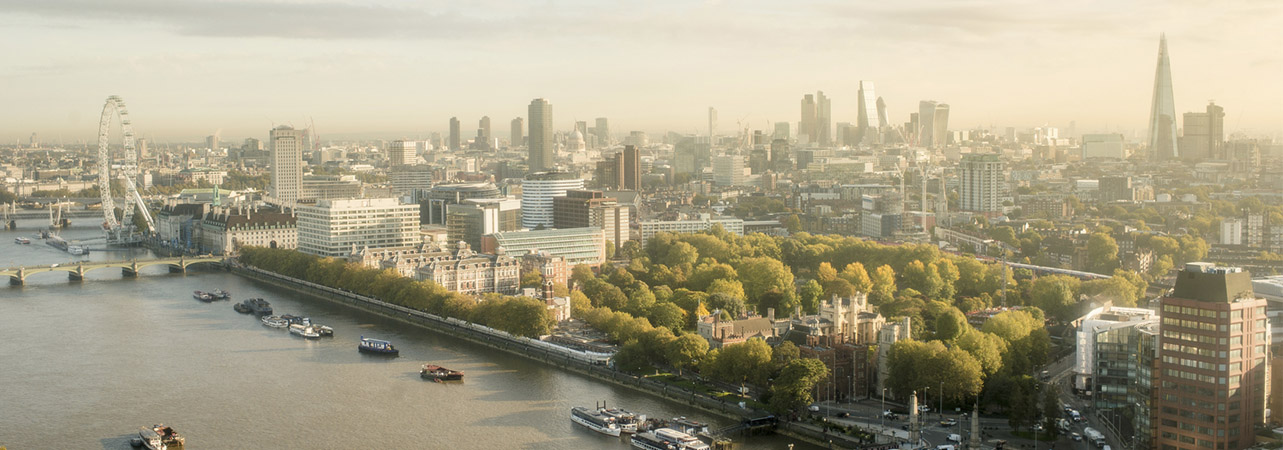The UK’s economic output slumped in the second quarter – and the future’s not looking too bright either.
- The GDP figures put the UK firmly in its first recession since 2009.
- The figures leave the UK economy as the worst performer in the G7.
- The latest figures show GDP growth of 8.7% in June, which is encouraging.
The UK’s economic output fell by 20% in the second quarter. The figures, while alarming, are not surprising, Nevertheless, they place the UK firmly at the bottom end of the major economies and with Brexit round the corner, it is perhaps clear why global investors still aren’t tempted by UK assets.
The GDP figures put the UK firmly in its first recession since 2009. Output is now back to levels last seen in 2003. Private consumption collapsed, falling 23.1% quarter on quarter, while business investment also dived, dropping 31.4% over the quarter.
The figures leave the UK economy as the worst performer in the G7. France, for example, dropped 13.8%, while Germany dropped by 10.1%. Even beleaguered Italy, who took a significant early hit from Covi-19, dropped just 12.4%. Only Spain, with a fall of 18.5%, has come close to the UK’s dismal performance. A heavy reliance on the services and hospitality sector, plus the Government’s slow and patchy response to the virus, have been the main contributors to the weakness.
There are timing issues, of course. Europe’s lockdowns came earlier and they unlocked quicker, meaning more of their recovery is in the figures. However, with Brexit on the horizon and the UK government still posturing about a ‘no deal’, there are still plenty of challenges ahead for the economy.
There are, as yet, relatively few clues as to how quickly the UK will rebound. The latest figures show GDP growth of 8.7% in June, which is encouraging, but given the low base, not spectacular. July figures are likely to be better as businesses re-opened and people started spending once again. Retail sales increased 3.2% in July compared with the same month in 2019. Again, this is better, but hardly constitutes a V-shaped recovery.
Unemployment will be key as the furlough scheme peters out and companies face up to economic reality. The latest jobs data shows three-quarters of a million fewer people were working in July compared to March and the Bank of England expects this figure to jump as the furlough scheme is unwound.
It is a pretty grim picture for the UK. UK funds sit at the bottom of the league tables for the year to date. The only consolidation for UK-based investors may be that real value may be appearing. However, it is difficult to work up any enthusiasm for UK assets at the current time.















